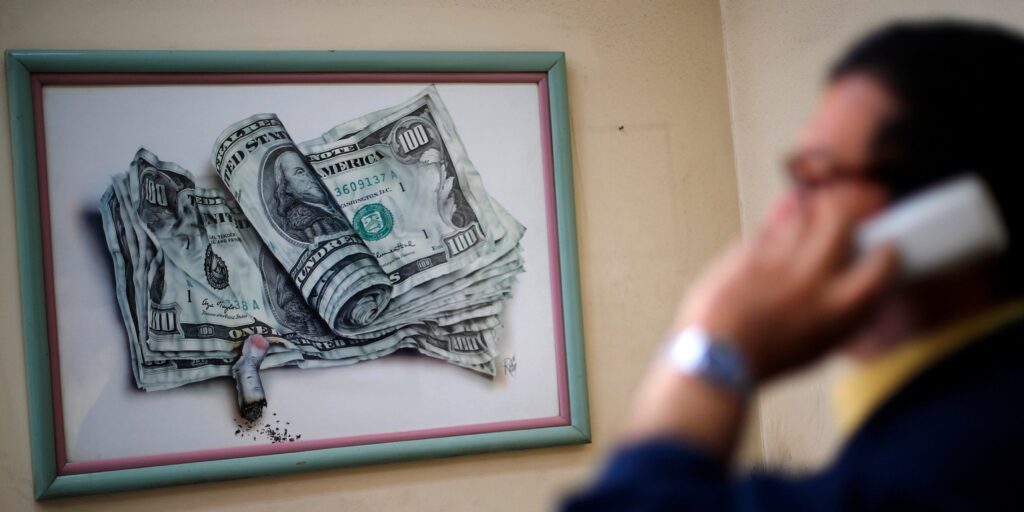- US Treasurys are the riskiest asset class in the world right now, Bank of America's Savita Subramanian said.
- She pointed to the large inflow of money into Treasurys, calling them the "epicenter" of a market bubble.
- That means Treasurys could face major headwinds, particularly if inflation remains sticky, she warned.
Treasurys may be the riskiest asset for investors – but it has nothing to do with the ongoing debt ceiling crisis, according to Bank of America's top stock strategist Savita Subramanian.
"The riskiest asset class in the world right now is the risk-free rate, so basically Treasurys … That's the epicenter of the bubble," Subramanian said in an interview with Bloomberg TV on Tuesday, pointing to large inflows into government-issued bonds as investors anticipate a recession and try to hedge against risk in the stock market.
But investors have been anticipating a recession for the past six quarters, she said, suggesting that defensive areas of the market like Treasurys are now oversaturated.
In fact, investors are now more overweight in defensive sectors than in cyclical sectors since the 2008 recession, she added.
"But if we are in this sticky inflationary environment, do you really want to be in cash or bonds? Don't you want to be in stocks that participate in inflation?" Subramanian said, foreseeing a rally in cyclical sectors instead. "I do think you that you can make money by owning some of these unloved cyclicals that aren't necessarily going to get roiled by [a mild] recession."
Treasurys sold off last year amid the Federal Reserve's rate hikes and could face more pressure if inflation remains stubborn, forcing central bankers to keep rates high. Meanwhile, corporate profits have gotten a boost from high inflation, which has allowed companies to raise prices.
While markets have been eyeing a possible recession, Subramanian said the S&P 500 could rally to 4,300, noting that Bank of America economists have estimated GDP could decline just 0.8% from peak to trough.
